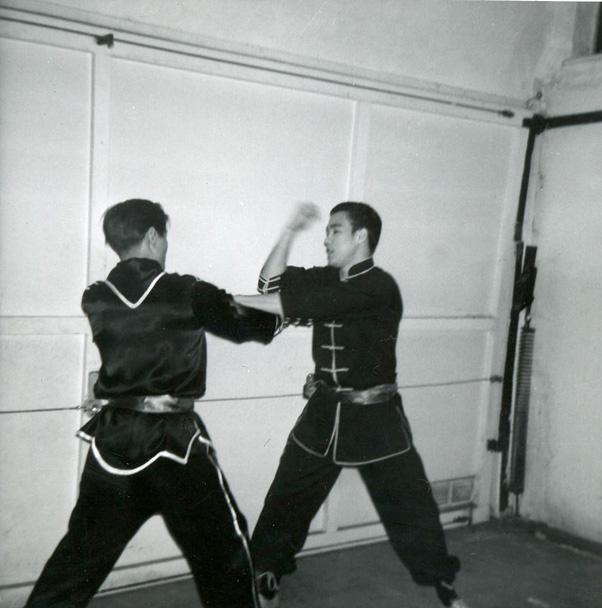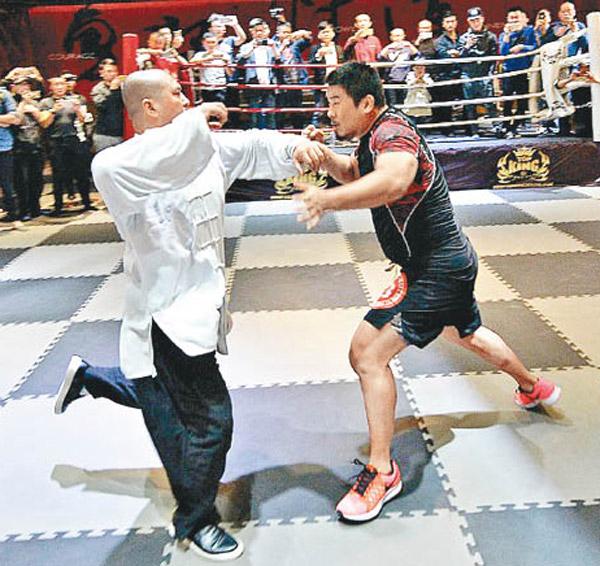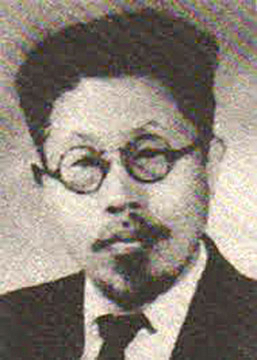Bruce Lee pictured on the streets of Oakland, circa 1965. Bruce had contempt for the light-contact martial arts competitions of his era, and kept his focus on application for street fighting. (Photo courtesy of Barney Scollan)

A menacing street fighter in his youth, James Lee embodied all of the blue collar grit of his native Oakland. On a conceptual level, he was a remarkably creative innovator of the martial arts in America. (Photo courtesy of Greglon Lee)


Seishiro Okazaki (bottom row, center) pictured during an advanced jujitsu seminar at his home in Hawaii, February 22, 1948. Okazaki's classes had very large enrollment, and over the years he would teach thousands of U.S. servicemen at the Honolulu YMCA. (Photo courtesy of Bernice Jay)
Seishiro Okazaki (seated) pictured with student Wally Jay, who would become one of Bruce Lee's closest colleagues in Oakland. (Photo courtesy of Bernice Jay)